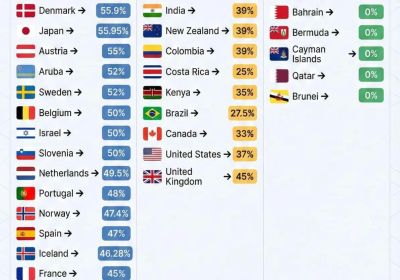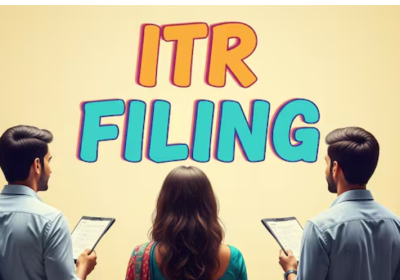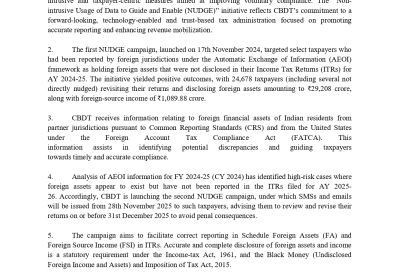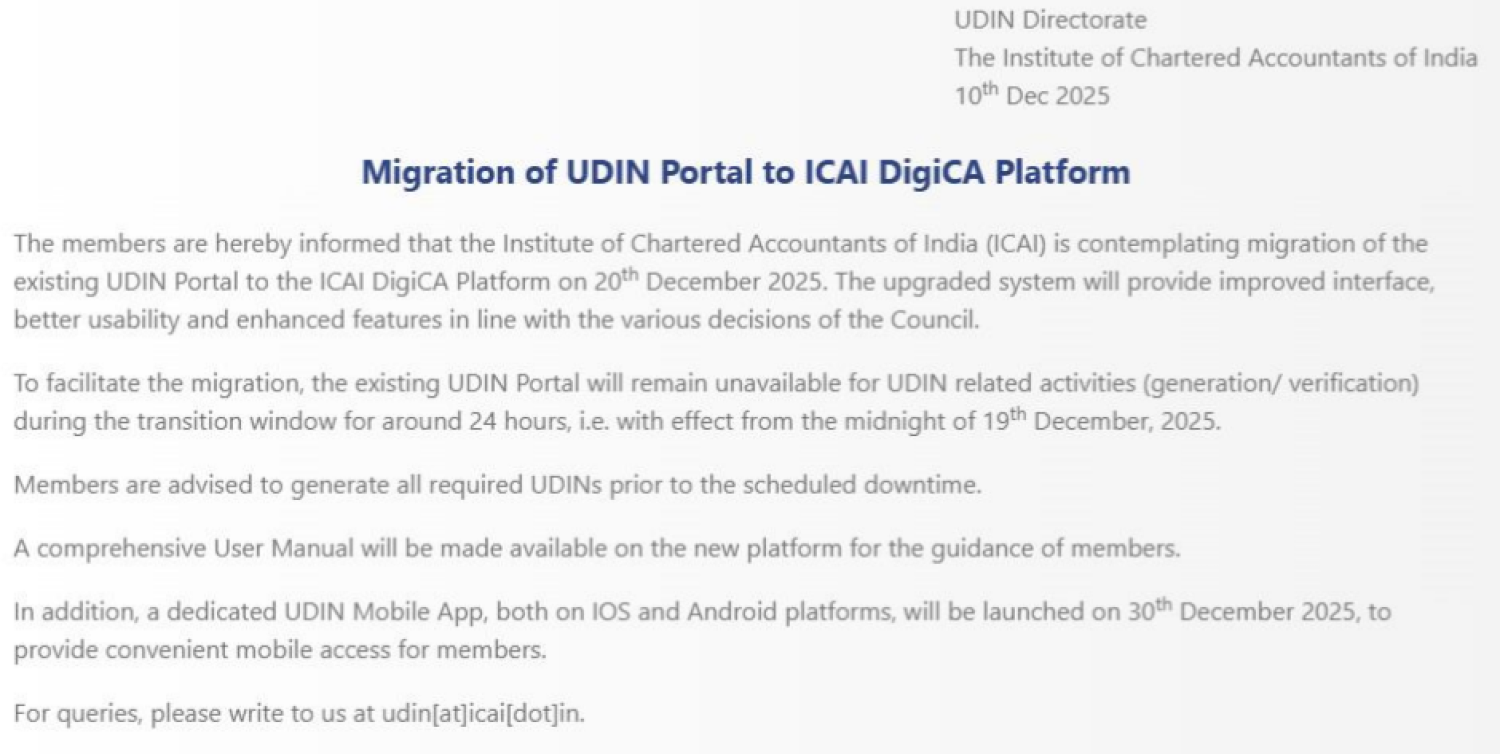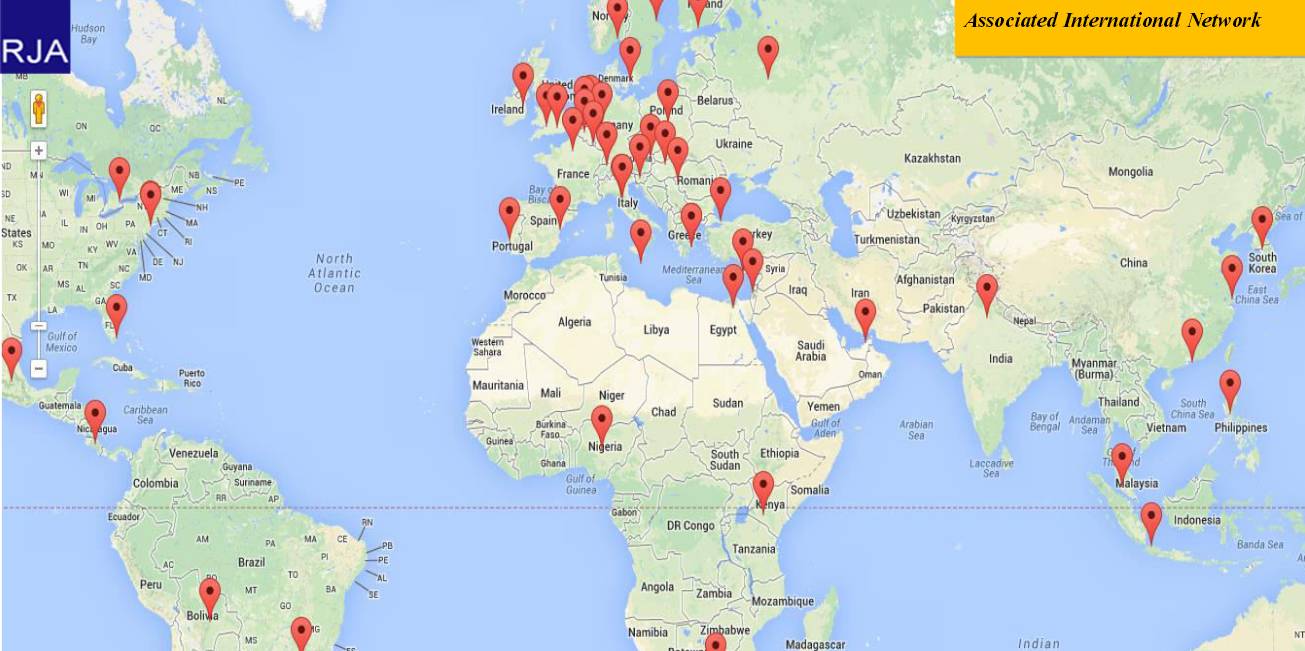Table of Contents
- New Additional Disclosures Required For Ay 2025-26 : Old Tax Regime
- Objective Of The Changes In Itr-1 & Itr-4 Validation Rules For Ay 2025–26
- Changes Introduced In The Itr Validation Rules For Fy 2024-25 (ay 2025-26)
- Implications Of New Additional Disclosure For Claiming Deductions Not Followed By Taxpayer
- Why New Additional Disclosure For Claiming Deductions Matters?
- Summary Of Itr-1 And Itr-4 Validation Rules For Ay 2025–26
- Income Tax Department To Cross-verify Old Regime Claims

New additional disclosures required for AY 2025-26 : Old Tax Regime
New additional disclosure requirements for claiming deductions in ITR-1 and ITR-4 for Assessment Year (AY) 2025-26 under the Old Tax Regime. These disclosures are aimed at increasing transparency and reducing incorrect deduction claims. Ensure all supporting documents are readily available when filing ITR-1 or ITR-4 under the Old Regime for AY 2025-26. New additional disclosures is common Pitfalls to Addressed the following:
- Double-dipping (e.g., HRA + Home Loan in same city)
- Fake deductions with no documents
- Generic claims (e.g., “LIC - ₹1.5L” without policy number)
Now, these will fail at validation stage, avoiding refunds based on false claims and ensuring only genuine, traceable deductions are processed.
Objective of the Changes in ITR-1 & ITR-4 Validation Rules for AY 2025–26
- Prevent false deduction claims.
- Pre-validate information to reduce post-filing scrutiny.
- Expedite processing of returns by ensuring data quality at the time of filing.
- Automation has replaced many manual verification processes.
The purpose of enhanced disclosure requirements in ITR Forms is to prevent inflated or fraudulent refund claims. Taxpayers must keep documents handy for Investments, Loan certificates, rent receipts, and insurance policies. Claiming both HRA and home loan interest in the same city will now trigger cross-checks due to "Place of Work" requirement.
Changes Introduced in the ITR validation rules for FY 2024-25 (AY 2025-26)
Top 7 Enhanced Disclosure Requirements in ITR Forms
- House Rent Allowance (HRA) : New mandatory disclosures required like Place of Work, Basic Salary and Dearness Allowance, Actual HRA Received, Actual Rent Paid, City classification (metro or non-metro for 50% / 40% exemption rule). However Earlier, only the exemption amount was filled. Now full breakup is needed.
- Section 80C – Investment-Based Deductions (PPF, LIC, ELSS, etc.) Now required like Policy Number or Document Identification Number. This links each claimed deduction to a valid document for cross-verification.
- Section 80D – Health Insurance Premium Mandatory details required like Name of Insurance Company, Policy Number or Document Number etc. Without this change deduction under 80D will be rejected at the validation level.
- Section 80E – Education Loan Interest Must provide Name of Lender / Bank, Loan Account Number, Date of Loan Sanction, Total Loan Amount, Outstanding Balance as on 31st March, Interest Paid During the Year. These change Allows the system to verify if a genuine loan exists and is eligible.
- Section 80EE / 80EEA – Home Loan Interest for First-Time Buyers , Details required like Lender Name / Bank Name, Loan Account Number, Date of Loan Sanction, Loan Amount and Outstanding Loan Balance as on 31st March. This chase is Important in cases where taxpayers also claim HRA in the same city. Section 24(b) (Home Loan Interest) Similar disclosure now required, though not listed in original ITR-1, it’s aligned with ITR-2 and ITR-3 logic.
- Section 80EEB – Electric Vehicle Loan : Details now mandatory like Lender Name, Loan Account Number, Loan Sanction Date, Loan Amount, Outstanding Balance, Vehicle Registration Number (in some cases)
- Section 80DDB – Medical Treatment of Specified Diseases : Required now Name of the Disease being treated. This change is Allows faster scrutiny of disease-specific deductions.
IMPLICATIONS OF NEW ADDITIONAL DISCLOSURE FOR CLAIMING DEDUCTIONS NOT FOLLOWED BY TAXPAYER
Implications of this change classified as system-level enforcement—“Category“ A” defects.
- ITR will be rejected at the upload stage if any mandatory fields are missing.
- 276 validations in ITR-1, 347 in ITR-4 (Excel Utility as of now).
- No bypass possible—errors must be fixed before submission.
Why New Additional Disclosure for Claiming Deductions Matters?
- Category A Validation Errors like If key details are missing, the return cannot be uploaded at all. And 276 checks for ITR-1 and 347 for ITR-4 now in place.
- Automated Cross-Verification: PAN-Aadhaar linkage will be used to match insurance, bank loan, and employment records with ITR entries. and any mismatch or vague data increases the chance of ITR rejection or notices.
- Extended Deadline – September 15, 2025: To accommodate the additional data collection burden, especially for salaried individuals relying on employers, banks, and insurers.
Implications for Taxpayers and Professionals
- Taxpayers Must gather and verify all documents beforehand and Use the latest Excel/Java utilities only (currently, only ITR-1 and ITR-4 available).
- Taxpayer must advise clients to prepare documentary evidence well in advance and Scrutiny chances lower if validation rules are met upfront
Summary of ITR-1 and ITR-4 Validation Rules for AY 2025–26
What Taxpayer must do before filing ITR-1/ITR-4 for AY 2025–26
|
Deduction Section |
Additional Mandatory Details |
|---|---|
|
HRA |
Rent Paid, HRA Received, Basic Salary, Place of Work, House Rent Allowance Must report Place of Work, Basic Salary, Actual HRA received, Rent paid etc. |
|
80C |
Policy/Document Number, Section 80C includes mandatory to mention Policy Number or Document Identification Number for eligible investments |
|
80D |
Insurer Name & Policy Number, Section 80D Must report include Name of Insurance Company, Policy Number, |
|
80E, 80EE, 80EEA |
Loan Details, Sanction Date, Loan A/C No., Bank Name, Outstanding, Section 80E (Education Loan) must report Bank Name, Loan Account Number, Sanction Date, Loan Amount, Outstanding Balance. Section 80EE (First-Time Home Buyer Loan) : Same disclosures as 80E like Bank Name, Loan A/C Number, Sanction Date, Loan Amount, Outstanding Balance |
|
80EEB |
Loan + Vehicle Details. Section 80EEB (EV Loans) Must disclose Bank Name, Loan Details, Vehicle Registration Number. |
|
80DDB |
Name of Specified Disease. Section 80DDB Must specify Name of the Specified Disease, Medical treatment deduction details |
The Income Tax Department’s overhaul of deduction validations reflects a shift towards preemptive compliance, data-driven assessment, and faster processing. Taxpayers still on the old tax regime need to be especially vigilant, as the department no longer allows general or unsupported claims.
Income Tax Department to Cross-Verify Old Regime Claims
Income Tax Department regarding enhanced cross-verification of deduction claims under the old tax regime, effective from AY 2025–26 (FY 2024–25).
-
How Will It Happen : An integrated backend system will Auto-verify claims during ITR filing and Use PAN and Aadhaar linkage for data mapping
-
Data Will Be Cross-Verified From Insurance Companies, Banks, Vahan (mParivahan) App, Employers & Government Platforms
What Has Changed?
-
No more lump-sum entries (e.g., ₹1.5 lakh under 80C)
-
Break-up required: PPF, ELSS, LIC, Tuition Fees, NSC, etc.
-
Auto-verification & instant error alerts
-
Immediate intimations for mismatches

